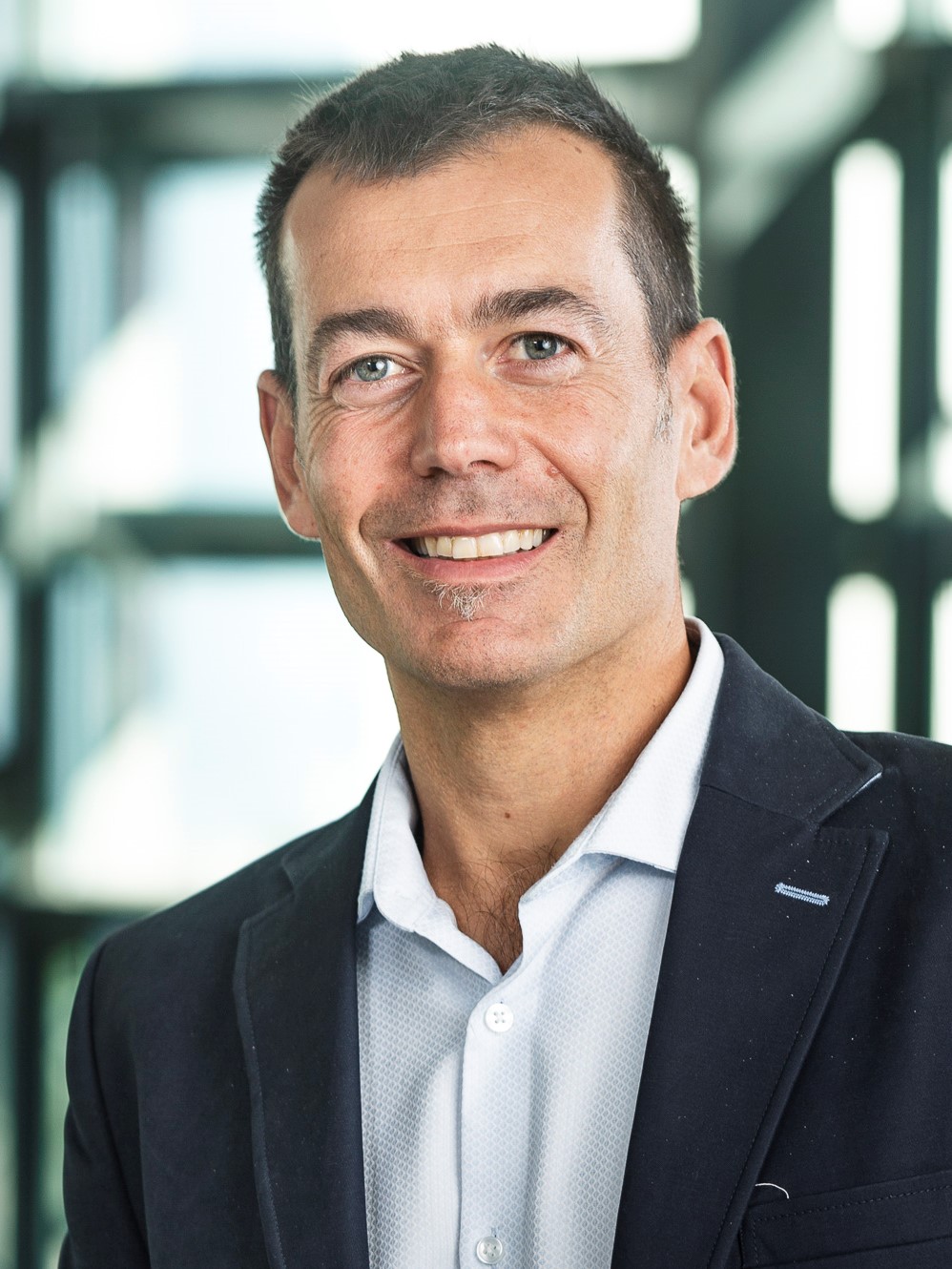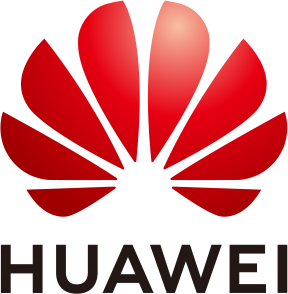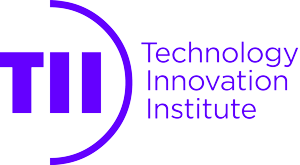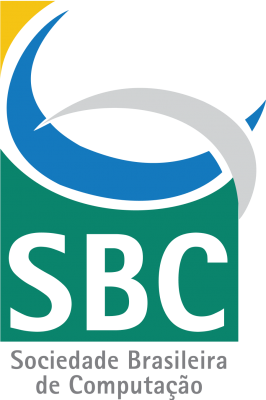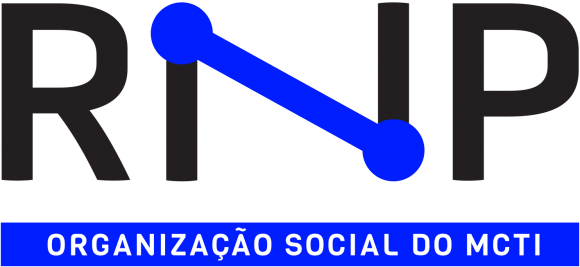LIST OF INVITED INDUSTRY TALKS:
IT 1: The role of Digital Twins in the Digital Transformation
MONDAY, DEC 5 16:00 - 16:30 / LOCATION: Asia Hall (I - IV)
Abstract: Digital Twins are already widely used in Manufacturing industry and they are starting to be used in several other areas, including healthcare, constructions, infrastructure operation, smart cities ? A few are also starting to consider them to mirror people, Human Digital Twins, and the European Commission has launched a group to look into the personal ownership of human digital twins (Personal Digital Twins). Furthermore, IEEE Digital Reality Initiative has been looking into the possibility of modelling knowledge through a Cognitive Digital Twin, As Digital Twins expand in characteristics and in their application they are also requiring more and more communication support. At the same time they may be used to support the operation of a telecommunication network. Researchers looking into 6G design are considering the use of Digital Twins as one of the building blocks.
Biography:
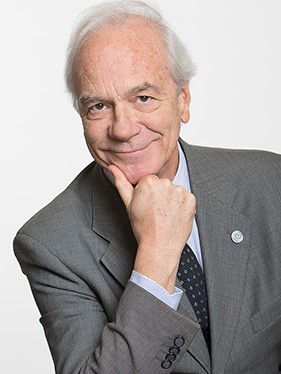 ROBERTO SARACCO
ROBERTO SARACCO
Roberto Saracco fell in love with technology and its implications long time ago. His background is in math and computer science. Until April 2017 he led the EIT Digital Italian Node and then was head of the Industrial Doctoral School of EIT Digital up to September 2018. Previously, up to December 2011 he was the Director of the Telecom Italia Future Centre in Venice, looking at the interplay of technology evolution, economics and society. At the turn of the century he led a World Bank-Infodev project to stimulate entrepreneurship in Latin America. He teaches a Master course on Technology Forecasting and Market impact at the University of Trento and serves as Senior Advisor of the Reply Group. He is a senior member of IEEE where he co-chairs the Digital Reality Initiative fostering the Digital Transformation.
He was a COMSOC Distinguished Lecturer and he is Chair of the New Initiative Committee. He has published over 200 papers in journals and magazines and 30 books/ebooks. He writes a daily blog, with commentary on innovation in various technology and market areas.
IT 2: Implications of Open RAN adoption on AI-driven Management of 5G and Beyond Networks
MONDAY, DEC 5 16:30 - 17:00 / LOCATION: Asia Hall (I - IV)
Biography:
 RAOUF BOUTABA
RAOUF BOUTABA
Raouf Boutaba is currently a University Chair Professor and the Director of the David R. Cheriton School of Computer Science at the University of Waterloo. He is the founding Editor-in-Chief of IEEE Transactions on Network and Service Management (2007–2010) and served recently as the Editor-in-Chief of the IEEE Journal on Selected Areas in Communications (2018-2021). He is a Fellow of the Engineering Institute of Canada, the Institute of Electrical and Electronics Engineers, the Canadian Academy of Engineering, and the Royal Society of Canada.
IT 3: 6G Networks: Beyond Shannon Towards Semantic and Goal-Oriented Communications
MONDAY, DEC 5 17:00 - 17:30 / LOCATION: Asia Hall (I - IV)
Abstract: This lecture promotes the idea that including semantic and goal-oriented aspects in future 6G networks can produce a significant leap forward in terms of system effectiveness and sustainability. Semantic communication goes beyond the common Shannon paradigm of guaranteeing the correct reception of each single transmitted packet, irrespective of the meaning conveyed by the packet. The idea is that, whenever communication occurs to convey meaning or to accomplish a goal, what really matters is the impact that the correct reception/interpretation of a packet is going to have on the goal accomplishment. Focusing on semantic and goal-oriented aspects and possibly combining them, helps to identify the relevant information, i.e. the information strictly necessary to recover the meaning intended by the transmitter or to accomplish a goal. With this lecture we focus on the benefit of semantic compression. We present and detail a novel architecture that enables representation learning of semantic symbols for effective semantic communications. After discussing theoretical aspects and successfully design objective functions, which help learn effective semantic encoders and decoders, we present promising experimentation results for the scenario of text transmission when the sender and receiver speak different languages.
Biography:
Dr. Emilio Calvanese Strinati obtained his Engineering Master degree in 2001 from the University of Rome ‘La Sapienza’ and his Ph.D in Engineering Science in 2005 from Paris Telecom. He then started working at Motorola Labs in Paris in 2002. Then in 2006 he joint CEA LETI as a research engineer. From 2007, he becomes a PhD supervisor. From 2010 to 2012, he has been the co-chair of the wireless working group in GreenTouch Initiative, which deals with design of future energy efficient communication networks. From 2011 to 2016 he was the Smart Devices & Telecommunications strategic programs Director, then, until January 2020 he was the Smart Devices & Telecommunications Scientific and Innovation Director. Since February 2020 he is the Nanotechnologies and Wireless for 6G (New-6G) Program Director focusing on future 6G technologies. He has published around 200 papers in journals, international conferences, and books chapters, and he has given more than 200 international invited talks, keynotes and tutorials. He is the main inventor of more than 75 patents. His current research interests are on Reconfigurable Intelligent Surfaces, Semantic communications, Goal-oriented communications AI-native technologies in the contest of 6G.



